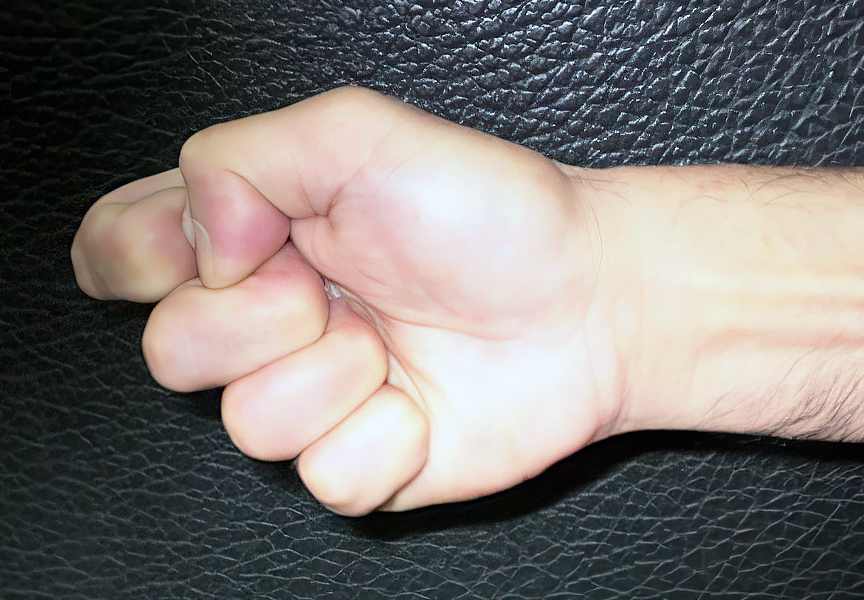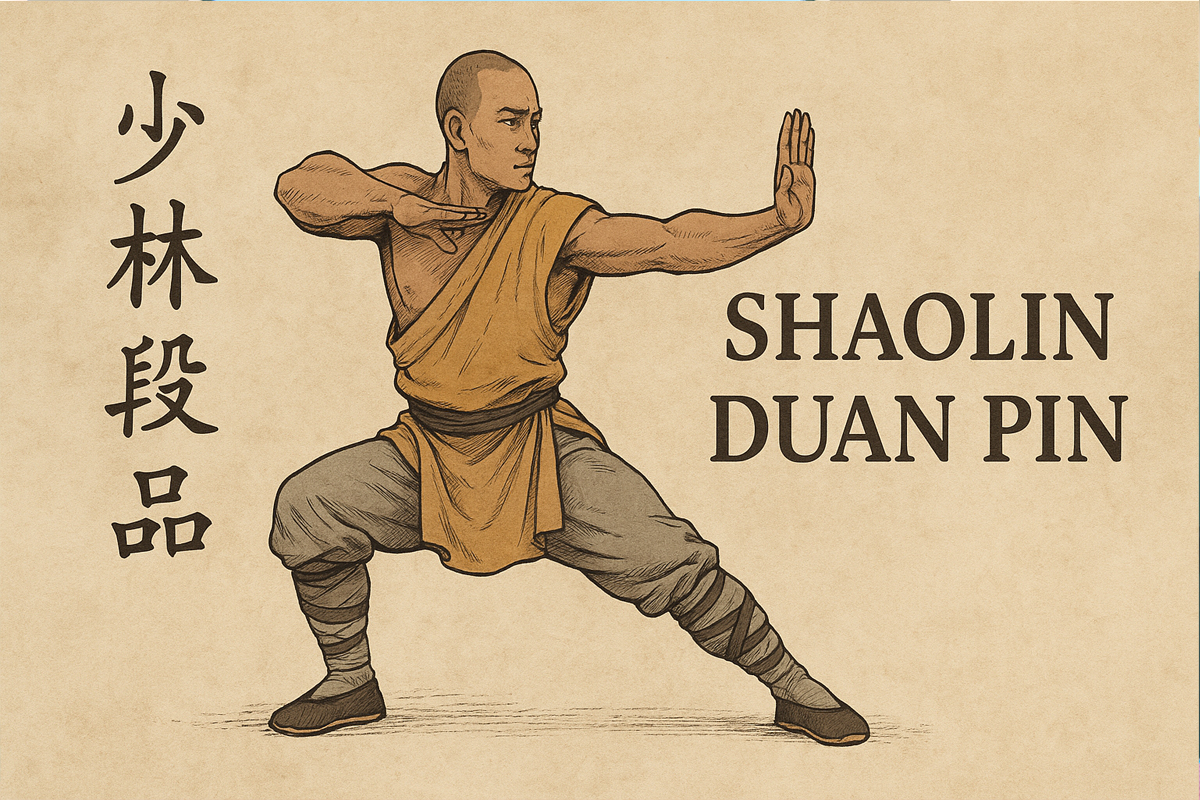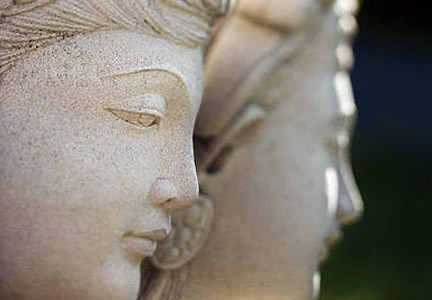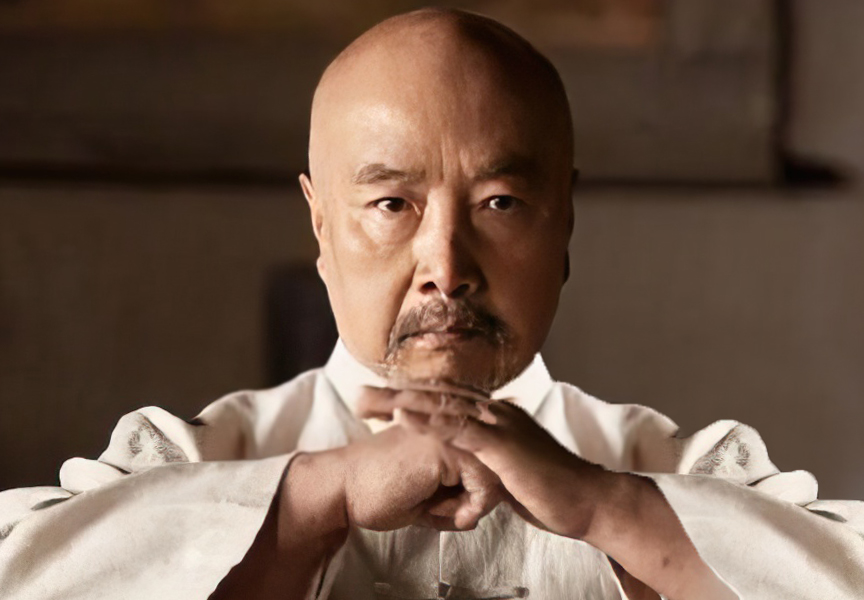Random Free Articles
- The Lethal Phoenix Eye Fist

In the world of martial arts, where every move carries significance, there exists a technique that epitomizes precision and concentrated force: the Phoenix Eye Fist [Chin.: Fèng yǎn quán 凤眼拳]. Unlike conventional strikes that disperse energy across multiple points of contact, the Phoenix Eye Fist channels the entirety of its power into a singular focal point, amplifying the damage inflicted to unprecedented levels. Imagine the force…
- Progress Rooted in Tradition

In an era characterized by rapid technological advancements and a relentless pursuit of the new, it is crucial to recognize the enduring value of tradition and primordial knowledge in shaping the path of human progress. While modernity often encourages us to look forward, we must also look backward to the wisdom embedded in our cultural heritage, ancient practices, and timeless traditions. This article delves into the symbiotic relationship…
- The Shaolin Duan Pin System

Analysis and the Need for Its Creation Shaolin martial arts have a history of over 1,500 years, closely linked with Chan (Zen) Buddhism, Chinese cultural heritage, and traditional combat practices. However, as times change and society’s needs evolve, there arose the necessity for a modern, organized, and pedagogically sound training system. Within this context, the Shaolin Duan Pin System (Chin.: Shàolín gōngfū duàn pǐn zhì…
- Eliminating EGO

Many people harbor the notion that there must be an enduring, unchanging core of personality or self to make sense of their existence and life experiences. In the face of this existential question, the teachings of Buddha shed light on a profound insight: there is no actual, permanent, or self-standing personality or self. This principle constitutes the third hallmark of existence. Were a self to truly exist independently, it should be…
- Following a Master and the Mind Path in Today's World

In the fast-paced and modern world we live in today, the pursuit of traditional martial arts and the path of the mind has become an increasingly challenging endeavor. As technology advances and lifestyles evolve, the traditional ways of following a martial arts master and embracing the path of the mind often seem out of sync with the demands of contemporary life. However, for those who embark on this journey, the rewards are profound, offering…
